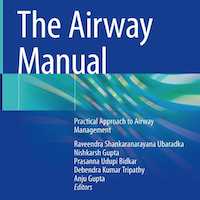Stories Category: Intensive Care

Mechanical Ventilation Promotes Lung Tumor Spread by Modulation of Cholesterol Cell Content
Mechanical stretch of cancer cells can alter their invasiveness. During mechanical ventilation, lungs may be exposed to an increased amount of stretch, but the consequences on lung tumors have not been explored. To characterize... read more

Dynamic Prediction Tool for Mortality in COVID-19 Ventilated Patients
The COVID-19 pandemic has caused intensive care units (ICUs) to reach capacities requiring triage. A tool to predict mortality risk in ventilated patients with COVID-19 could inform decision-making and resource allocation,... read more

High-dose vs. Low-dose Prednisolone in post-COVID-19 Patients
In some patients, respiratory symptoms and imaging abnormalities persist after acute coronavirus disease 2019 (COVID-19) pneumonia. The chest computed tomography (CT) generally shows diffuse parenchymal lung abnormalities... read more

Novel Antibiotics Efficacy for Sepsis ICU Patients
Restricting severely ill patients access to new broad-spectrum empirical drugs is not the answer. Rather there should be a focus on identifying host response to infection to differentiate between colonization or contamination... read more
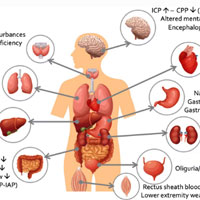
Ventilation in Patients with Intra-abdominal Hypertension
The incidence of intra-abdominal hypertension (IAH) is high and still underappreciated by critical care physicians throughout the world. One in four to one in three patients will have IAH on admission, while one out of... read more
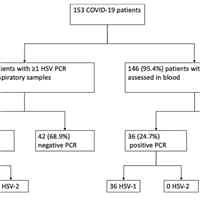
HSV-1 Reactivation Associated with Increased Mortality Risk and Pneumonia in COVID-19 Patients
Critically ill COVID-19 patients frequently reactivate HSV-1 but not HSV-2. HSV-1 reactivation in critically ill COVID-19 patients was associated with an increased risk of day-60 mortality and hospital-acquired pneumonia... read more
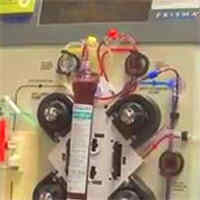
Continuous RRT in Critically Ill Children
The survival rate of patients received continuous renal-replacement therapy (RRT) treatment in our center has improved over past 10 years, and some changes have taken place during these periods. Among them, early initiation... read more
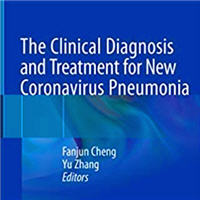
The Clinical Diagnosis and Treatment for New Coronavirus Pneumonia
This book is a practical manual for anti-COVID-19. It is not only with the reference to the result of modern medical science, patients' situation, but also take the deployment of medical resources into consideration. Content... read more
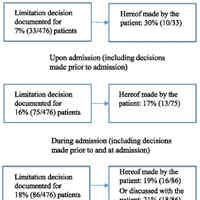
COVID-19: Limitation of Life-sustaining Treatment and Patient Involvement in Decision-making
Life-sustaining treatment limitation decisions were made for 18% of a COVID-19 patient cohort. Hereof, more than a third of the decisions had been made before hospital admission. Many records lacked information on patient... read more
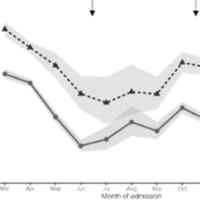
UK 28-Day Mortality Trends of COVID-19 Patients
There was a marked deterioration in outcomes for patients admitted to critical care at the peak of the second wave of coronavirus disease 2019 in United Kingdom (December 2020–January 2021), compared with the post-first-wave... read more
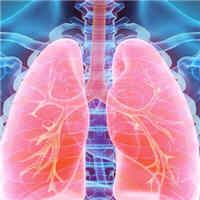
Cancer Clues In A Drop Of Blood
New diagnostic blood test paves the way for early stage lung cancer screening. A diagnostic blood test may provide early detection of lung cancer in asymptomatic patients, according to a new study. Lung cancer, the leading... read more
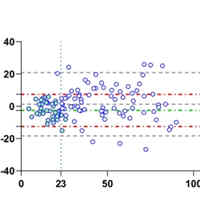
Rapid Screening of Critically Ill Patients for Low Plasma Vitamin C Concentrations Using sORP
Hypovitaminosis C and vitamin C deficiency are common in critically ill patients and associated with organ dysfunction. Low vitamin C status often goes unnoticed because determination is challenging. The static oxidation... read more
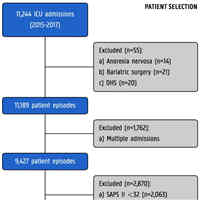
The Obesity Paradox in Critically Ill Patients
A causal inference approach that is robust to residual confounding bias due to model misspecification and selection bias due to missing (at random) data mitigates the obesity paradox observed in critically ill patients, whereas... read more

Safe Tracheal Extubation After General Anesthesia
Tracheal extubation generates less interest than tracheal intubation. Research, guidelines and clinical anecdotes tend to focus on airway management at the beginning of anesthesia, and it is rare for the challenges of extubation... read more
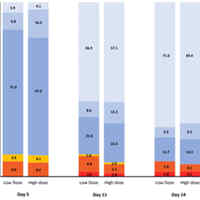
Effect of High vs. Low Dose of Dexamethasone on COVID-19 Pneumonia Patients
Among hospitalised COVID-19 patients needing oxygen therapy, high dose of dexamethasone reduced clinical worsening within 11 days after randomisation as compared with low dose of dexamethasone. Further studies are necessary... read more
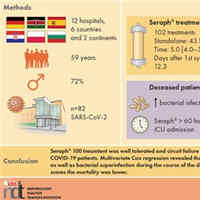
Interim-analysis of the COVID-19 Patients Treated with the Seraph 100 Microbind Affinity Filter Registry
The treatment of COVID-19 patients with Seraph®100 is well tolerated and the circuit failure rate was lower than previously reported for KRT in COVID-19 patients. Mortality corelated with late initiation of Seraph treatment... read more
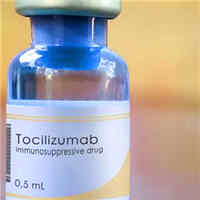
Prognostic and Predictive Biomarkers in COVID-19 Patients Treated with Tocilizumab
Multiple biomarkers prognostic for clinical outcomes were confirmed in COVACTA. Ferritin was identified as a predictive biomarker for the effects of tocilizumab in the COVACTA patient population; high ferritin levels were... read more




